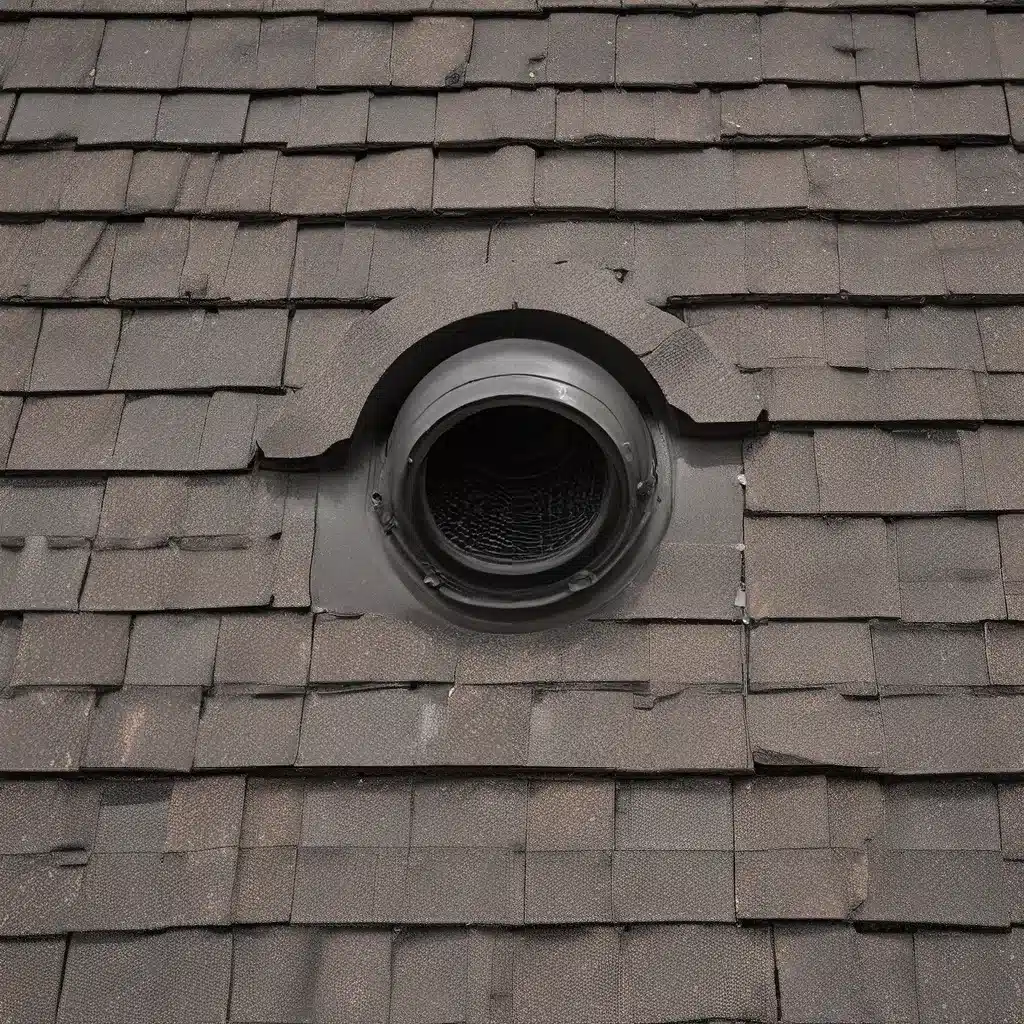
Understanding the Role of Ventilation in Roofing Systems
As a homeowner, I know how crucial it is to keep my roof in top-notch condition. After all, the roof is the first line of defense against the ever-changing weather and the key to maintaining a comfortable, energy-efficient living space. But did you know that proper roof ventilation is just as critical to the longevity and performance of your roofing system?
According to the Asphalt Roofing Manufacturers Association (ARMA), ventilation is a system of intake and exhaust that creates a steady, high-volume flow of air throughout the attic or rafter space. This air movement provides year-round benefits for all types of roofing systems, including:
- Cooler attics in the summer, which helps prevent damage to roof decking and shingles
- Drier attics in the winter, reducing the risk of moisture-related issues like wood rot, mold, and mildew
- Lower energy costs by minimizing the heat buildup that can force air conditioning systems to work harder
The Dangers of Poor Roof Ventilation
Unfortunately, many homes and buildings don’t have adequate roof ventilation, leading to a host of problems. Overheated attics, for example, can reach temperatures of 140°F on a 90°F day, causing shingles to become distorted and deteriorate prematurely. This heat can also radiate into the living space, making it harder for your HVAC system to maintain a comfortable temperature.
In the winter, poor ventilation can lead to the formation of ice dams – a dangerous buildup of ice at the roof’s edge that can cause water to back up under the shingles and into the home, leading to costly damage.
Excess moisture in the attic is another major concern with inadequate ventilation. When warm, moist air from the living space rises into the cold attic, it can condense on the roof deck and other cold surfaces, causing the wood to swell, buckle, and rot. This not only compromises the structural integrity of the roof but can also lead to mold and mildew growth, which can negatively impact indoor air quality.
The Science Behind Proper Roof Ventilation
So, how exactly does ventilation work to keep your roof and home in top shape? It all comes down to two natural forces: the stack effect and the wind effect.
The stack effect occurs because warm air is lighter than cold air, causing it to rise and create pressure differentials in the attic. This pressure difference drives the flow of air, with warm air exiting through exhaust vents at the top of the attic and cooler air being drawn in through intake vents near the roof’s edge.
The wind effect, on the other hand, is created by the pressure differences caused by wind flowing over the building’s exterior. High-pressure areas force air into the attic, while low-pressure areas pull air out – further enhancing the ventilation process.
Roofing Above All explains that a properly designed ventilation system requires a balance between these intake and exhaust vents, with the net-free area of the intake vents being equal to or greater than the exhaust vents. This ensures a continuous, high-volume flow of air moving across the entire attic space.
Ventilation Standards and Best Practices
To ensure your roof and attic are properly ventilated, it’s important to follow the industry standards set by organizations like the International Code Council (ICC), the U.S. Department of Housing and Urban Development (HUD), and ASHRAE.
Shingle manufacturers have also adopted these standards as the minimum acceptable ventilation conditions for their products. This means that if you want to maintain the full warranty on your roof, you’ll need to make sure your ventilation system meets these guidelines.
So, what does a well-designed ventilation system look like? Here are some best practices:
- Intake Vents: Locate these low on the roof’s edge or in the soffit to draw in cool, fresh air.
- Exhaust Vents: Position these near the roof’s ridge to release hot, stale air.
- Balanced Ventilation: Ensure the net-free area of the intake vents is equal to or greater than the exhaust vents for optimal airflow.
- Avoid Obstructions: Make sure intake vents are not blocked by insulation, debris, or other materials.
By following these guidelines, you can create a continuous, high-volume flow of air that effectively “washes” the entire attic and keeps your roof and home in peak condition.
Putting Ventilation to Work for Your Roof
Now that you understand the importance of proper roof ventilation, it’s time to take a closer look at your own home or building. Have you noticed any signs of poor ventilation, like an unbearably hot attic in the summer or icicles forming along the roof’s edge in the winter? These could be indicators that your ventilation system needs some attention.
If you suspect your roof could benefit from better ventilation, it’s a good idea to consult with a reputable roofing contractor. They can assess the current state of your ventilation system, identify any problem areas, and recommend the best course of action – whether that’s adding new vents, adjusting the placement of existing ones, or even a complete roof replacement to address underlying issues.
Remember, investing in proper roof ventilation is an investment in the long-term health and performance of your roofing system. By keeping your attic cool, dry, and well-circulated, you can help extend the life of your roof, reduce your energy costs, and maintain a comfortable, healthy living environment for years to come.
So, don’t wait until it’s too late – take the time to understand and address your roof’s ventilation needs today. Your home (and your wallet) will thank you in the long run!